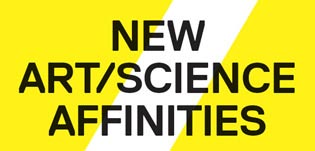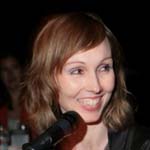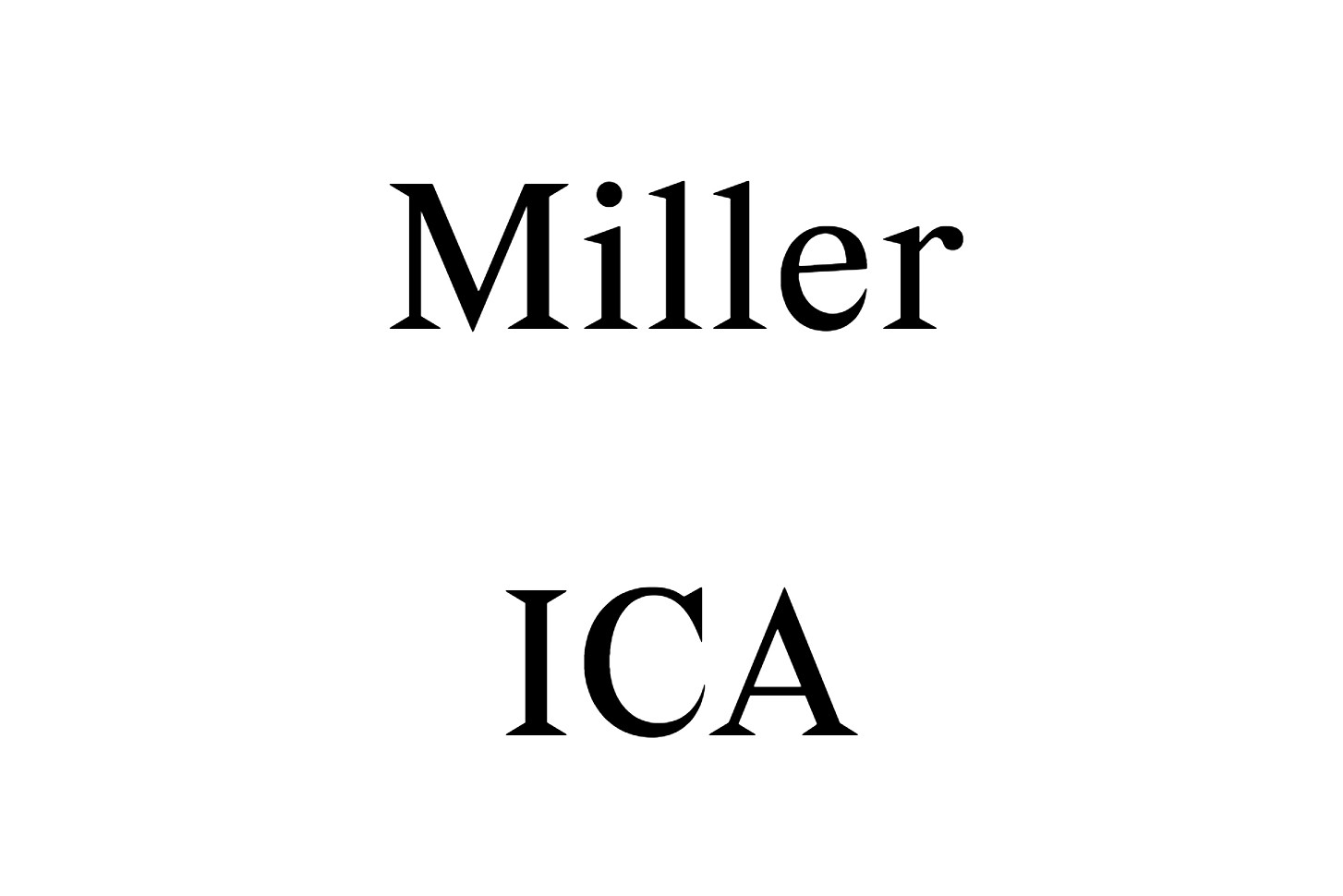New Art/Science Affinities
Andrea Grover, Régine Debatty, Claire Evans, Pablo Garcia, Luke Bulman, Jessica Young of Thumb (2011)
BUY THE BOOK 190 pages, full color, perfect-bound paperback or get a FREE DOWNLOAD
The STUDIO for Creative Inquiry and the Miller Gallery at Carnegie Mellon University have co-published “New Art/Science Affinities,” a 190 page book written and designed in one week by four authors ( Andrea Grover, Régine Debatty, Claire Evans, and Pablo Garcia) and two designers (Luke Bulman and Jessica Young of Thumb), using a collaborative authoring process known as a “book sprint” (see A/S/T Book Sprint STUDIO project page). Derived from “code sprinting,” a method for working on an open source project by getting software developers into a single room for a period of intensive work, the term book sprint describes the quick, collective writing of a topical book.
The topic of “New Art/Science Affinities” is contemporary artists working at the intersection of art, science, and technology, with meditations, interviews, diagrams, letters and manifestos on maker culture, hacking, artist research, distributed creativity, technological and speculative design. Chapters of the publication include: Program Art or Be Programmed, Subvert!, Citizen Science, Artists in White Coats and Latex Gloves, The Maker Moment, and The Overview Effect.
Sixty international artists and art collaboratives are featured, including Agnes Meyer-Brandis, Atelier Van Lieshout, Brandon Ballengée, Free Art and Technology (F.A.T.), Rafael Lozano-Hemmer, The Institute for Figuring, Aaron Koblin, Machine Project, Openframeworks, C.E.B. Reas, Philip Ross, Tomás Saraceno, SymbioticA, Jer Thorp, and Marius Watz.

EXCERPT FROM FOREWARD:
We launched our book sprint in order to produce a snapshot of this particular moment—and because we wanted to do it with immediacy, without distraction. The topic of this publication is the most recent manifestation of artists working in art, science, and technology, which we broadly define as work that adopts processes of the natural or physical sciences, “does strange things with electricity” (to borrow a phrase from Dorkbot), breaks from traditional models of art/science pairings, and was created within the last five years. We realize that art, science, and technology intersections have a tradition with much deeper roots than we have space to detail here (and that such histories have been given attention elsewhere), so we’ve provided in a timeline a brief subjective history of innovations, movements, and cultural events that have contributed to this tradition and led us to this moment. To be clear: this book is an effort to understand this very moment in art, science, and technology affinities, and the ways Internet culture and networked communication have shaped the practice.
—Andrea Grover
Project Lead, Warhol Curatorial Fellow at the STUDIO for Creative Inquiry and the Miller Gallery at Carnegie Mellon University
People



